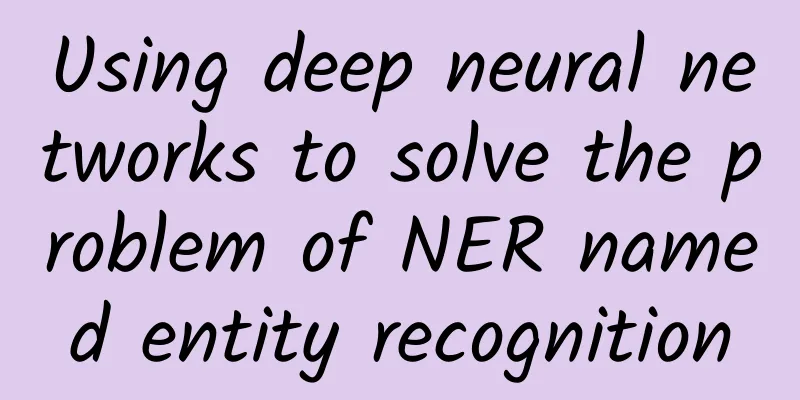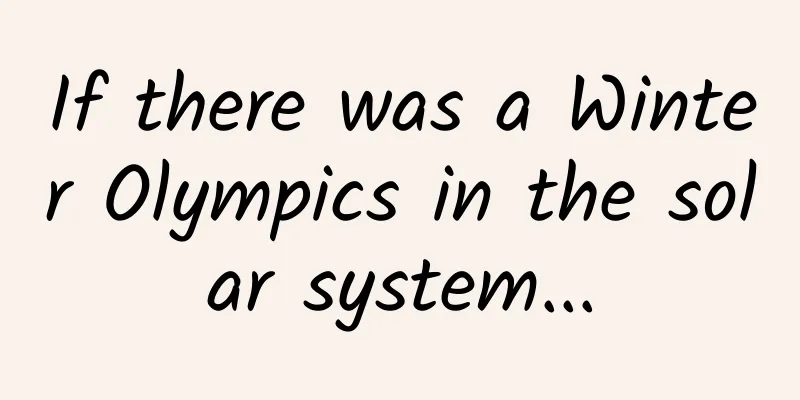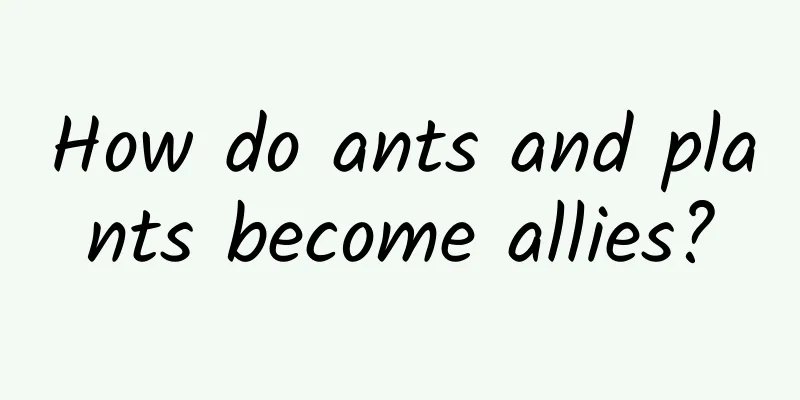Using deep neural networks to solve the problem of NER named entity recognition

This article is organized as follows:
cs224d Day 7: Project 2-Using DNN to solve NER problem Course Project Description Address What is NER? Named entity recognition (NER) refers to the identification of entities with specific meanings in text, mainly including names of people, places, institutions, proper nouns, etc. Named entity recognition is an important basic tool in application fields such as information extraction, question-answering systems, syntactic analysis, and machine translation, and is an important step in extracting structured information. Excerpted from BosonNLP How to identify?I will first explain the logic of solving the problem, and then explain the main code. If you are interested, please go here to see the complete code. The code is to build a DNN with only one hidden layer under Tensorflow to handle the NER problem. 1. Problem identification: NER is a classification problem. Given a word, we need to determine which of the following four categories it belongs to based on the context. If it does not belong to any of the following four categories, then the category is 0, which means it is not an entity. Therefore, this is a problem that needs to be divided into 5 categories:
Our training data has two columns, the first column is the word and the second column is the label.
2. Model: Next we train it using a deep neural network. The model is as follows: The x^(t) of the input layer is the context with a window size of 3 centered on x_t. x_t is a one-hot vector. After x_t and L are applied, they become the corresponding word vector, and the length of the word vector is d = 50: We build a neural network with only one hidden layer, the hidden layer dimension is 100, y^ is the predicted value, the dimension is 5: Use cross entropy to calculate the error: J is differentiated with respect to each parameter: The following derivation formula is obtained: In TensorFlow, derivation is automatically implemented. Here, the Adam optimization algorithm is used to update the gradient and continuously iterate to make the loss smaller and smaller until convergence. 3. Specific implementationIn def test_NER(), we perform max_epochs iterations. Each time, we train the model with the training data to get a pair of train_loss and train_acc. Then we use this model to predict the validation data and get a pair of val_loss and predictions. We select the smallest val_loss and save the corresponding parameter weights. Finally, we use these parameters to predict the category label of the test data:
4. How is the model trained? First, import the data training, validation, and test:
After converting the words into one-hot vectors, convert them into word vectors:
Build the neural layer, including using xavier to initialize the first layer, L2 regularization and using dropout to reduce overfitting:
For more information about what L2 regularization and dropout are and how to reduce overfitting problems, please read this blog post, which summarizes them simply and clearly. Use cross entropy to calculate loss:
Then use Adam Optimizer to minimize the loss:
After each training, the corresponding weights that minimize the loss are obtained. In this way, the NER classification problem is solved. Of course, in order to improve accuracy and other issues, we still need to consult literature to learn. Next time, we will implement an RNN first. |
<<: AI helps you solve the problem of "too long to read": How to build a deep abstract summary model
Recommend
Kuaishou advertising placement and advantages!
After placing Kuaishou ads, many advertisers will...
Do plants have the same senses as animals, such as hearing, seeing, smelling and tasting?
Animals have hearing, vision, smell and taste, so...
After the Double 11 shopping spree, I quietly limited ad tracking
This year's Double 11 was a huge success. Acc...
How to efficiently create a set of advertising creative materials?
How to design a good set of materials quickly and...
Dryness alert! How can the elderly avoid the spring "desert skin" dilemma?
Skin itching is one of the most common symptoms o...
Pinduoduo platform operation and promotion strategy!
There is no doubt that price is Pinduoduo's a...
Regarding Push operations, I have summarized 4 copywriting topics and writing skills
The writing of push title copy requires not only ...
What impact will the major App Store revision have on Apple’s ecosystem?
At the WWDC 2017, which lasted more than two hour...
Sohan Ashtanga Intensive Practice
Introduction to Sohan Ashtanga Advanced Practice ...
Tik Tok promotion, tips on selling products in home page window!
For individuals who use Douyin accounts, the mone...
How to create a Douyin IP expert and share the tips on how to gain fans!
Everyone is familiar with the word "Tik Tok&...
Will television really die under the influence of mobile Internet?
In this era of rapid development of mobile Intern...
How to promote the mini program after it is developed? Effective mini program promotion methods
Q: How to promote the mini program after it is de...
A comprehensive analysis of "Tik Tok" short videos, the trend of the new era?
In this fast-paced, information-based society, yo...
Why do some people see the "devil's face"? It may be related to "visual impairment"...
Leviathan Press: I have heard before that the rea...









